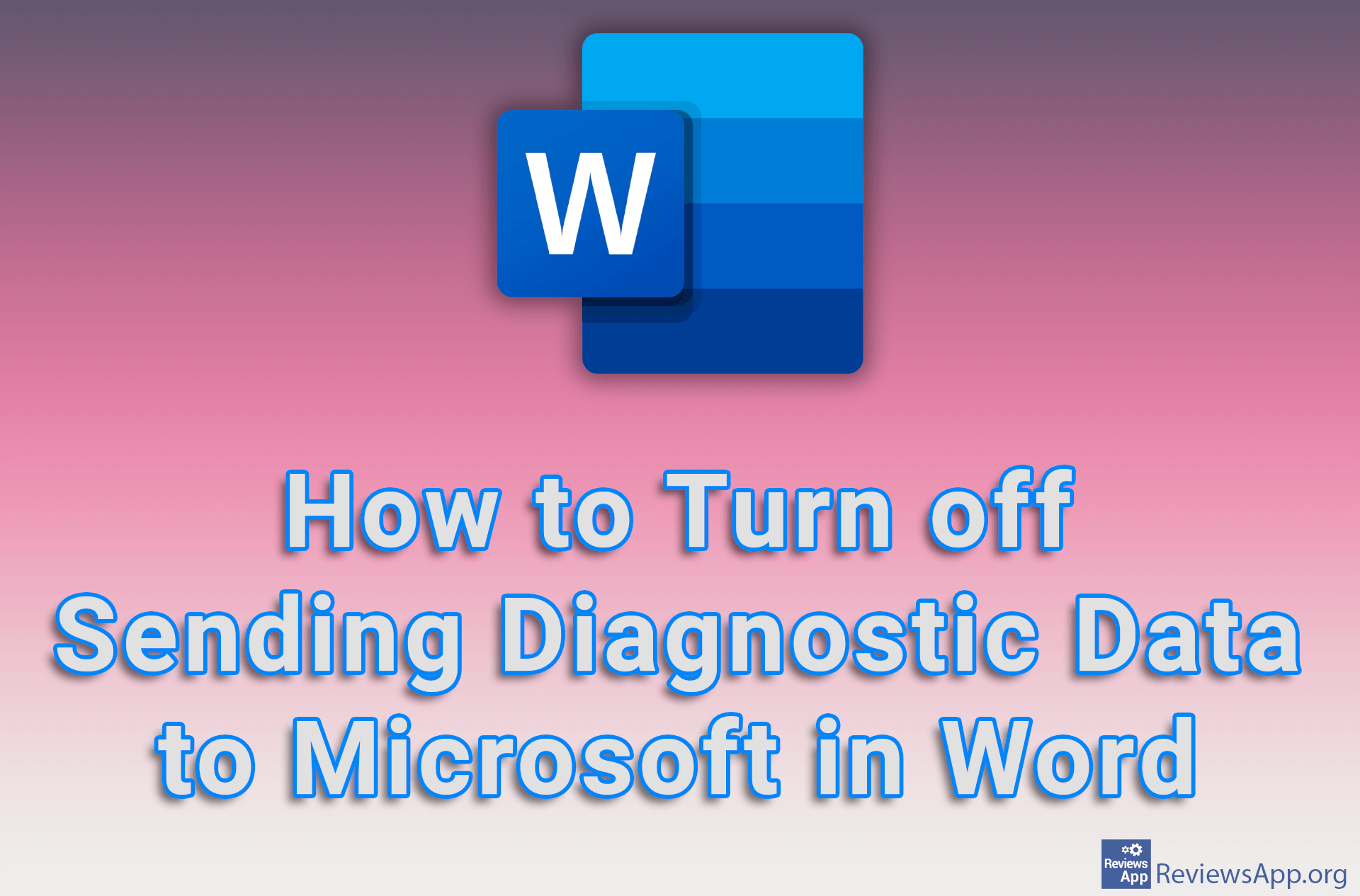Improved hard disk defragmentation in Windows 10

Hard disk fragmentation occurs when the file system cannot allocate enough contiguous space to store the entire file as a whole, but instead puts parts of it in the gaps between existing files (usually these gaps exist because there were previously deleted files there).
Defragmentation is a process that reduces the degree of hard disk fragmentation. It does this by physically reorganizing the hard disk files into the smallest number of neighboring regions (fragments). It is also trying to create larger areas of free space to prevent the return of fragmentation.
Defragmenting your computer can solve and prevent many problems. If you do not defragment your hard disk regularly, your computer may run slowly or take a long time to start up after you turn it on. If the hard disk drive is too fragmented, the computer may freeze or not start at all.
Regular defragmentation is recommended for older hard drives that use a magnetic field to record and read data, while for SSDs (new generation hard disks), defragmentation can shorten the life of the device, as the lifespan of SSDs is directly related to the number of times data has been read and written.
New in Windows 10 build 20226
In the May update of Windows 10, a problem appeared in this segment. More precisely, defragmentation would occur after each system restart. Developers from Microsoft quickly solved this problem and decided to be more careful with user’s SSDs in the future.
See in the photo below how to check the version of Windows 10 operating system:
Namely, in build 20226, a new option has been implemented that will show a pop-up warning to the user when the diagnostics determine that the SSD hard drive’s service life is coming to an end and suggest data backup. This is an extremely important novelty because, so far, SSDs have died without any announcement and left users with a total loss of all data. This way, you will be alerted in time to back up your data and prepare to purchase a new SSD. A very useful and important feature for all Windows 10 users.
We can only hope that this kind of bug will not happen again, but no one, not even the Microsoft developers, can guarantee that. It is good to see that Microsoft is trying to avoid such problems in the future, and we certainly welcome this new option.





